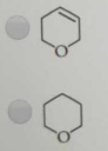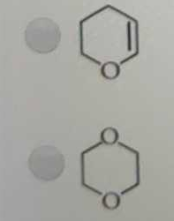In which of the following compounds is there the least delocalization of the lone pair of electrons on the nitrogen atom?
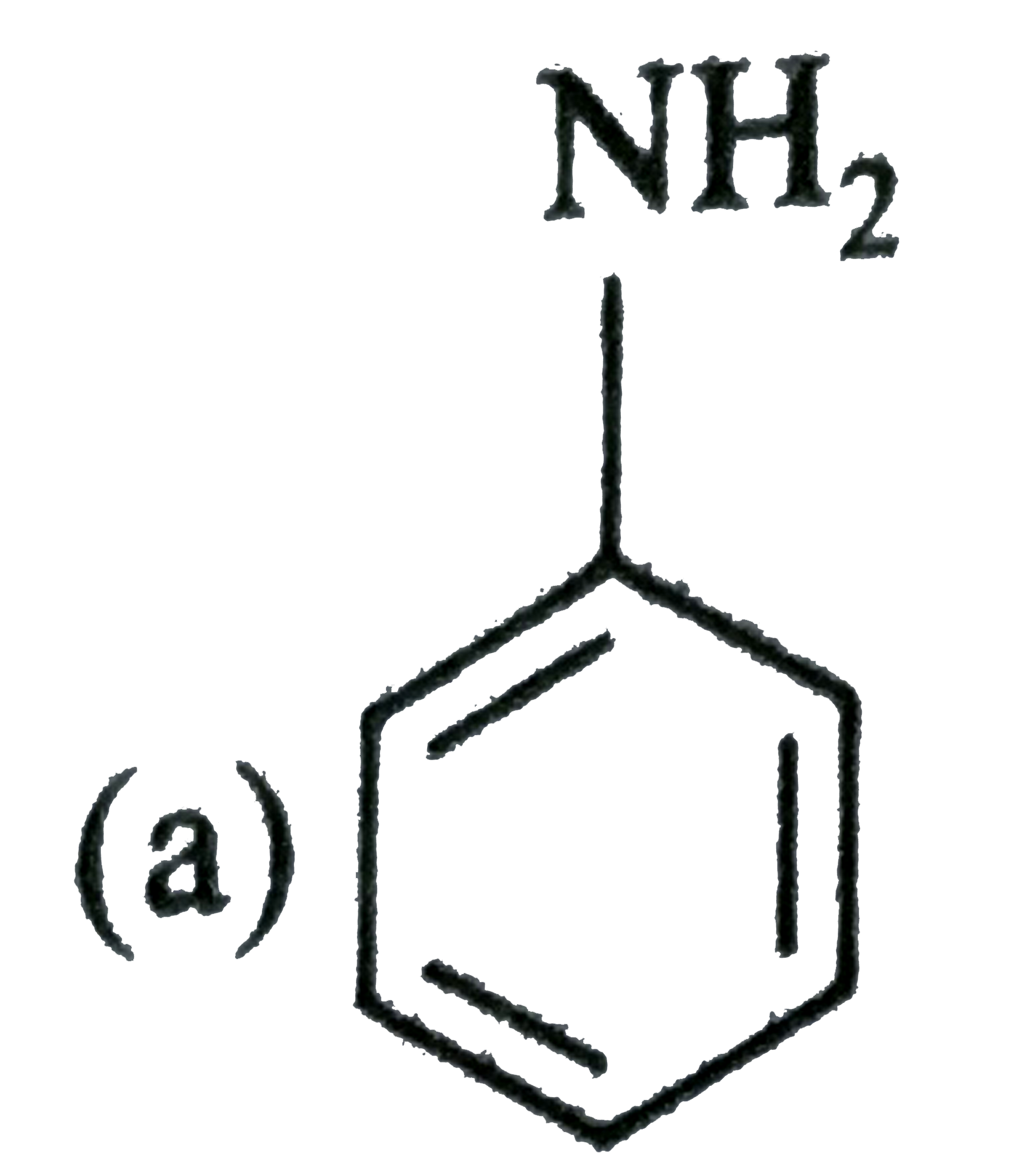

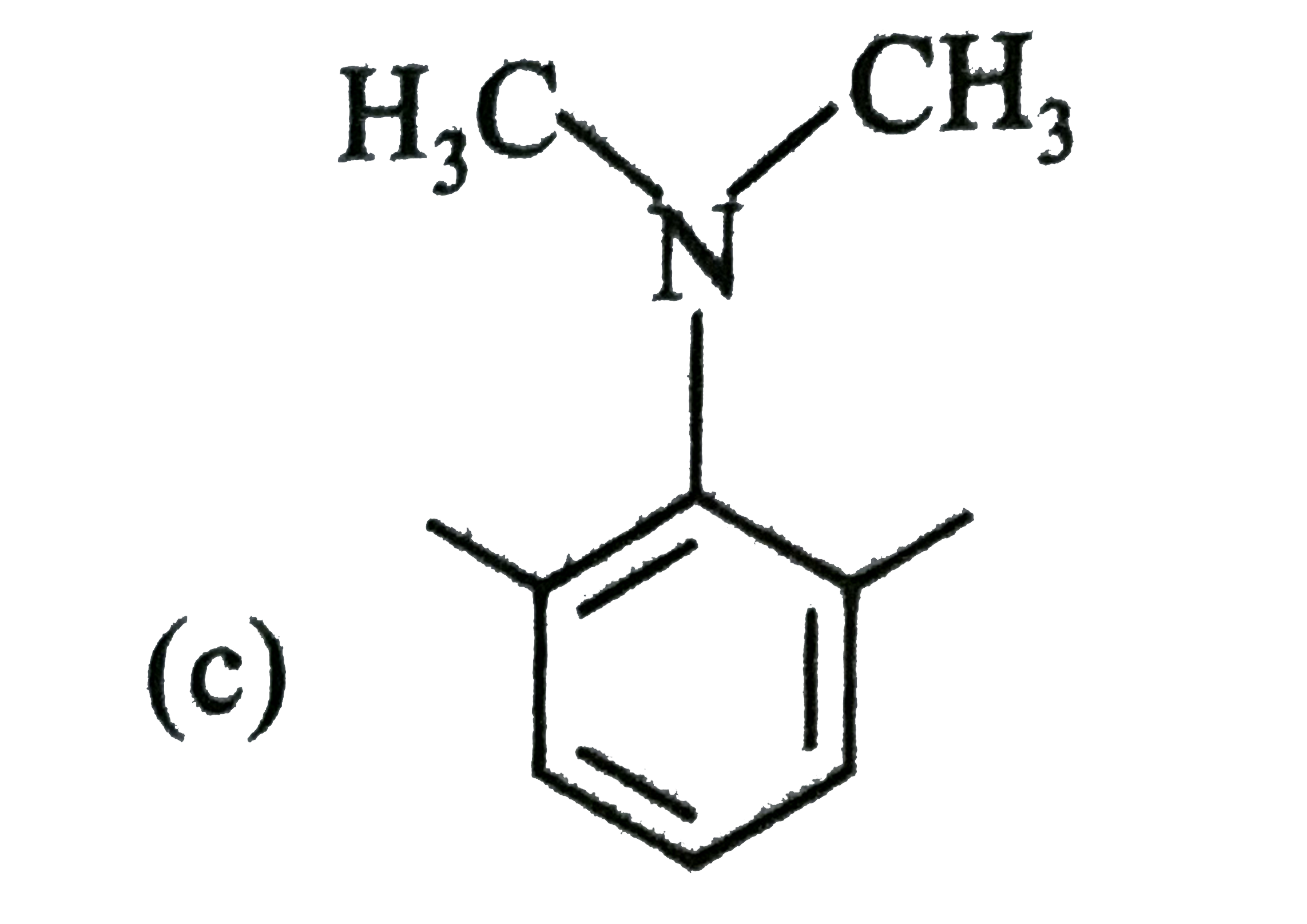
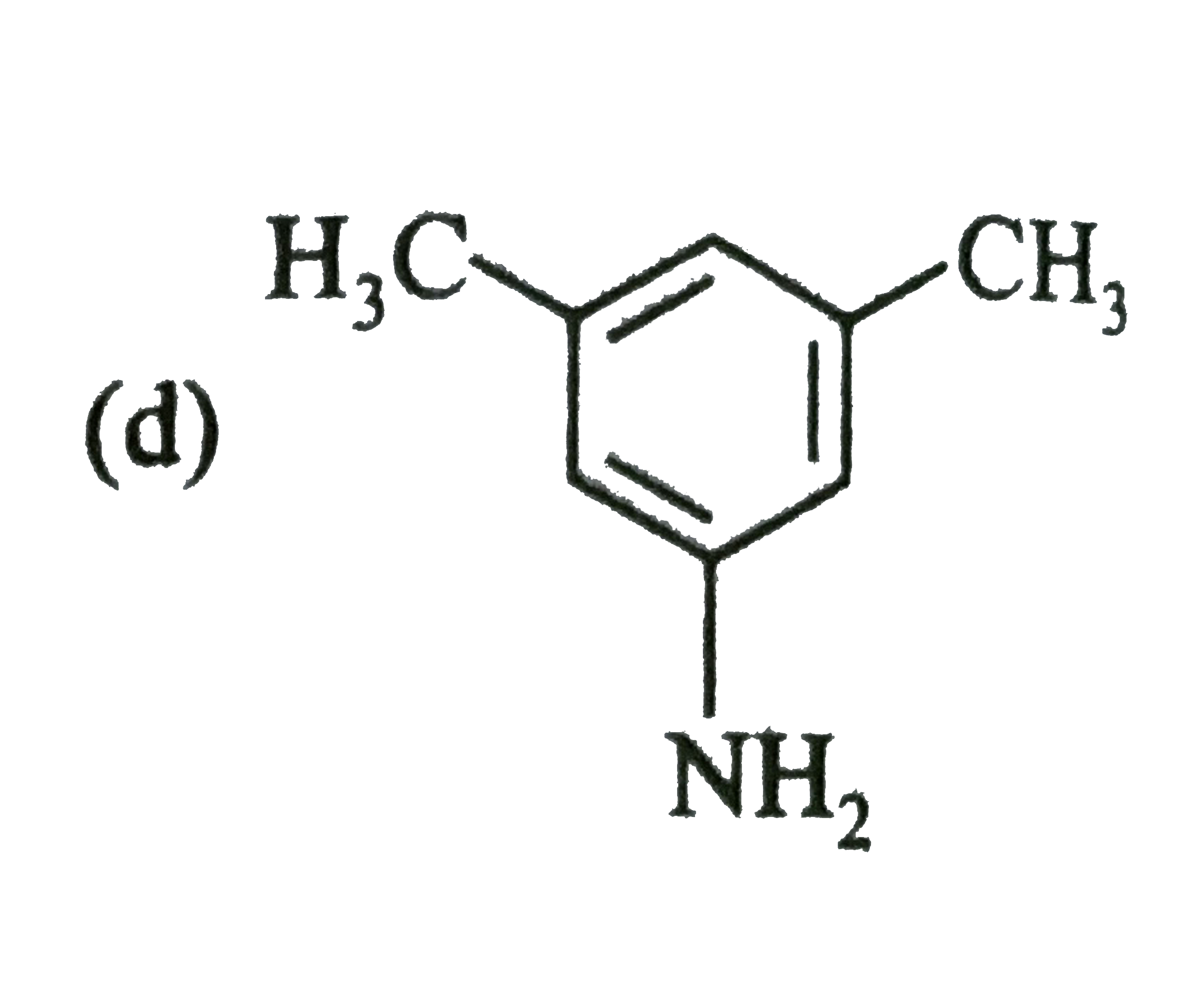
The correct Answer is:C
To determine which compound has the least delocalization of the lone pair of electrons on the nitrogen atom, we will analyze the options provided.
1. Identify the Compounds:
We have four options to consider, which are different types of amines:
- Option A: 1° amine
- Option B: 2° amine
- Option C: 3° amine
- Option D: 1° amine (this appears to be a repetition of option A)
2. Understand Delocalization:
Delocalization refers to the spreading out of electrons across multiple atoms or bonds. In the case of nitrogen in amines, the lone pair of electrons can participate in resonance with adjacent π systems (double bonds or aromatic rings).
3. Assess Resonance and Steric Hindrance:
- 1° Amines (Options A and D): The lone pair on nitrogen can participate in resonance effectively since there are fewer bulky groups around the nitrogen.
- 2° Amines (Option B): The lone pair can still participate in resonance, but there is slightly more steric hindrance due to the presence of two alkyl groups.
- 3° Amines (Option C): The lone pair on nitrogen is hindered by three bulky alkyl groups. This steric hindrance causes the nitrogen atom to adopt a non-planar geometry, which reduces the ability of the lone pair to participate in resonance.
4. Conclusion:
The compound with the least delocalization of the lone pair of electrons on the nitrogen atom is the 3° amine (Option C). This is due to the significant steric hindrance that prevents the lone pair from being involved in resonance effectively.
Final Answer:
The compound with the least delocalization of the lone pair of electrons on the nitrogen atom is Option C (3° amine).
We have four options to consider, which are different types of amines:
- Option A: 1° amine
- Option B: 2° amine
- Option C: 3° amine
- Option D: 1° amine (this appears to be a repetition of option A)
Delocalization refers to the spreading out of electrons across multiple atoms or bonds. In the case of nitrogen in amines, the lone pair of electrons can participate in resonance with adjacent π systems (double bonds or aromatic rings).
- 1° Amines (Options A and D): The lone pair on nitrogen can participate in resonance effectively since there are fewer bulky groups around the nitrogen.
- 2° Amines (Option B): The lone pair can still participate in resonance, but there is slightly more steric hindrance due to the presence of two alkyl groups.
- 3° Amines (Option C): The lone pair on nitrogen is hindered by three bulky alkyl groups. This steric hindrance causes the nitrogen atom to adopt a non-planar geometry, which reduces the ability of the lone pair to participate in resonance.
The compound with the least delocalization of the lone pair of electrons on the nitrogen atom is the 3° amine (Option C). This is due to the significant steric hindrance that prevents the lone pair from being involved in resonance effectively.
The compound with the least delocalization of the lone pair of electrons on the nitrogen atom is Option C (3° amine).
Topper's Solved these Questions
- ORGANIC COMPOUNDS CONTAINING NITROGENBOOK - A2ZCHAPTER - ORGANIC COMPOUNDS CONTAINING NITROGENEXERCISE - Nitrocyanide And Isocyanides
32 Videos
- ORGANIC COMPOUNDS CONTAINING NITROGENBOOK - A2ZCHAPTER - ORGANIC COMPOUNDS CONTAINING NITROGENEXERCISE - Section B - Assertion Reasoning
11 Videos
- ORGANIC COMPOUNDS CONTAINING NITROGENBOOK - A2ZCHAPTER - ORGANIC COMPOUNDS CONTAINING NITROGENEXERCISE - Section D - Chapter End Test
30 Videos
- ORGANIC COMPOUNDS CONTAINING HALOGENSBOOK - A2ZCHAPTER - ORGANIC COMPOUNDS CONTAINING HALOGENSEXERCISE - Section D - Chapter End Test
30 Videos
- P BLOCK ELEMENTS ( GROUP 15,16,17,18)BOOK - A2ZCHAPTER - P BLOCK ELEMENTS ( GROUP 15,16,17,18)EXERCISE - Section D - Chapter End Test
30 Videos
Similar Questions
Knowledge Check
A lone pair of electrons in an atom implies
AA pair of valence electronsBA pair of electronsCA pair of electrons involved in bondingDA pair of valence electrons not involved in bondingA lone pair of electrons in an atom implies
Apair of electronsBpair of electronsCa pair of electrons involved in bondingDa pair of valence electrons not involved in bondingA lone pair of electrons in an atom implies
Aa pair of valence electronsBa pair of electronsCa pair of electrons involved in bondingDa pair of valence electrons not involved in bonding.
Which of the following is the correct and increasing order of lone pair of electrons on the central atom?
View SolutionWhich of the following compounds possesses a chiral nitrogen atom ?
View SolutionWhich of the following has one lone pair of electrons on the centrel atom ?
View SolutionIn which of the following molecules, the central atom has one lone pair and three bond pairs of electrons,
View SolutionWhich has maximum number of lone pairs of electrons on the central atom?
View Solution

